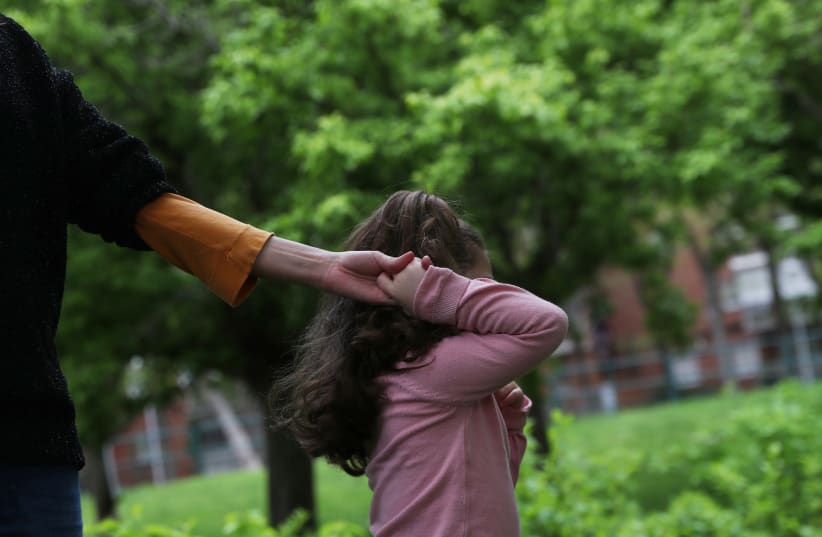US gains in the early identification of children with autism, considered critical in enabling them to reach their full potential, were largely wiped out by disruptions in evaluations in the early months of the COVID-19 pandemic, US health officials reported on Thursday.
Such disruptions in connecting children to the services they need "could have long-lasting effects,” Dr. Karen Remley, director of US Centers for Disease Control and Prevention's (CDC) National Center on Birth Defects and Developmental Disabilities, said in a statement.
Autism spectrum disorder is a developmental disability marked by impairments in social interaction and repetitive behaviors that can impair a child's social interactions, communication and participation in daily activities.
A pair of reports on the topic were published in the CDC's Mortality and Morbidity Weekly Report. They were based on a review of clinical and educational data in 11 racially and demographically mixed communities in the United States.
New report on autism early intervention
In the report focused on early intervention, researchers compared the rates of autism identification of 4-year-olds in 2020 to what eight-year-olds had received four years earlier.
During the first three months of 2020, 4-year-olds were getting many more evaluations and services for autism. When the pandemic hit in March 2020, "there was a very striking drop-off in those autism identification services being received," study author Kelly Shaw of the CDC said in an interview.
"It seems those improvements in early identification were ... kind of wiped out by the pandemic," she said.
Shaw said the hope is the report will make communities aware of the losses, and work to identify and provide services for those children.
In the second report focused on autism prevalence among 8-year-old children, researchers found that for the first time, autism prevalence among Asian, Black, and Hispanic children was higher than among white children identified with autism.
Overall, the prevalence of US 8-year-olds with autism rose to 1-in-36 children in 2020, or 2.8%, from 1-in-44, or 2.3%, in 2018. Those increases largely reflected improvements in identifying children with autism, study authors said.
CDC study author Matthew Maenner said the results reflect a closing of gaps in efforts to identify children with autism across racial and ethnic boundaries.
"Historically, there was more autism identified among white children than among Black or Hispanic children," Maenner said.
Likewise, he said, there was also a dramatic difference between children who lived in higher income areas compared with lower income areas, where children in the wealthier areas had more diagnoses and identification of autism.
"That is something we don't really see anymore," he said.

